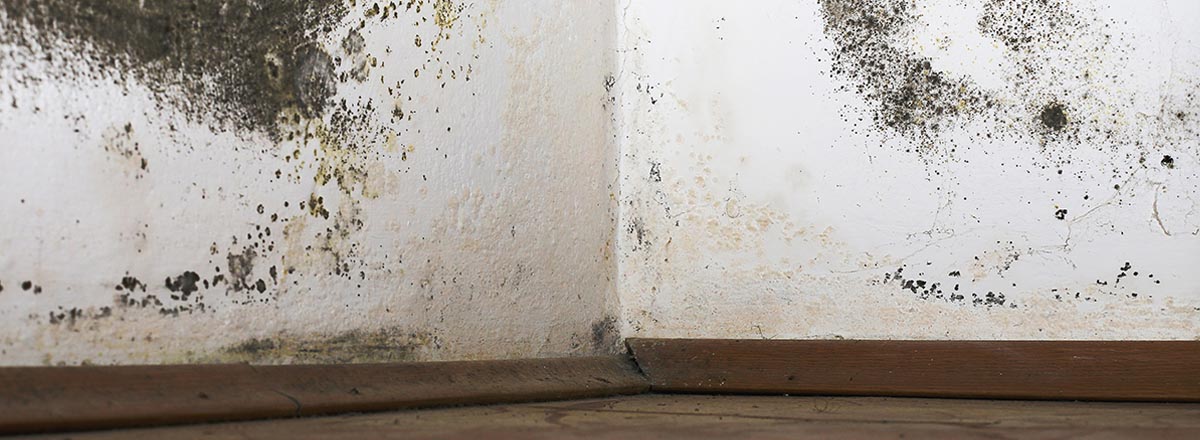

Articles
How To Stop Condensation On Interior Walls
Modified: January 23, 2024
Learn effective strategies for preventing condensation on interior walls in this informative articles. Find solutions to keep your home dry and mold-free.
(Many of the links in this article redirect to a specific reviewed product. Your purchase of these products through affiliate links helps to generate commission for Storables.com, at no extra cost. Learn more)
Introduction
Condensation on interior walls can be a frustrating and unsightly problem that many homeowners encounter. It occurs when moist air comes into contact with cooler surfaces, causing water droplets to form. Not only can this lead to the growth of mold and mildew, but it can also damage your walls and paint. Understanding the causes of interior wall condensation and how to prevent it is crucial to maintaining a healthy and comfortable living environment.
In this article, we will delve into the world of interior wall condensation, exploring its causes, signs, and effective prevention methods. By the end, you will be equipped with the knowledge and strategies needed to tackle this pesky issue head-on.
Key Takeaways:
- Understanding the causes and signs of interior wall condensation is crucial for early detection and prevention. Implementing proactive measures such as improving ventilation and monitoring humidity levels can help maintain a healthy living environment.
- Fixing interior wall condensation issues requires a comprehensive approach, including addressing root causes, implementing preventive measures, and seeking professional assistance when needed. By taking proactive steps, homeowners can effectively prevent and mitigate condensation problems.
Read more: How To Stop Condensation In Enclosed Porch
Understanding Condensation on Interior Walls
Condensation is a natural process that occurs when warm, moist air comes into contact with a cooler surface. When the air cools down, it loses its ability to hold moisture, resulting in the formation of tiny water droplets on the surface. Interior wall condensation typically happens during periods of high humidity or when there is a significant temperature difference between the indoor and outdoor environments.
Condensation on interior walls is most common in areas with poor ventilation, such as bathrooms, kitchens, and basements. These spaces often have higher moisture levels due to activities such as cooking, showering, and laundry. Additionally, poorly insulated walls or air leaks can contribute to condensation problems by allowing warm, moist air to penetrate the walls.
It’s important to note that condensation on interior walls is different from water leaks or structural issues. While leaks involve water coming from external sources, condensation is primarily a result of moisture within the home. Understanding this distinction will help you pinpoint the root cause of the issue and apply the appropriate solutions.
Causes of Interior Wall Condensation
Several factors contribute to the occurrence of condensation on interior walls. Identifying these causes is key to effectively preventing and addressing the issue. Below are some common causes of interior wall condensation:
- High humidity: When the humidity levels inside your home are elevated, there is a greater chance of condensation forming on interior walls. This can be caused by activities such as cooking, bathing, and even excessive houseplant watering.
- Poor ventilation: Insufficient airflow and ventilation can trap moisture indoors, leading to condensation problems. Spaces like bathrooms, kitchens, and laundry rooms, which produce a significant amount of moisture, are particularly prone to condensation when not properly ventilated.
- Inadequate insulation: Insulation helps maintain consistent temperatures inside your home. When walls are poorly insulated, the warm, moist air inside can come into contact with cooler surfaces, leading to condensation.
- Air leaks: Cracks, gaps, and poorly sealed windows and doors can allow warm, humid air from the outside to enter your home. When this air meets cooler surfaces, condensation can form on the interior walls.
- Temperature differentials: Sudden changes in temperature, such as turning up the heat in a cold room, can cause condensation to form on the walls. This is because the warm, moist air encounters a cooler surface, leading to moisture accumulation.
By understanding the underlying causes of interior wall condensation, you can take proactive measures to minimize the conditions that foster its formation. This will not only prevent damage to your walls but also improve the overall comfort and health of your living space.
Identifying Signs of Interior Wall Condensation
Identifying the signs of interior wall condensation is essential for early detection and prompt action. Ignoring these signs can lead to further damage and the potential growth of mold and mildew. Here are some key indicators that may signify the presence of condensation on your interior walls:
- Water droplets or moisture stains: One of the most obvious signs of condensation is the presence of water droplets or moisture stains on your walls. These may appear as small beads of water, wet patches, or even discoloration.
- Musty odor: If you notice a musty smell in a certain area of your home, it could be a sign of excess moisture and the growth of mold or mildew. Pay close attention to areas with poor ventilation, such as bathrooms and basements.
- Peeling or bubbling paint: Condensation can cause the paint on your walls to peel, bubble, or blister. This occurs when the moisture trapped beneath the paint film starts to compromise its adhesion to the wall surface.
- Damp or humid feeling: If you touch the walls and they feel consistently damp or humid, it is likely a result of condensation. Be cautious of areas that remain damp even after cleaning or drying.
- Mold or mildew growth: Condensation provides the perfect environment for the growth of mold and mildew. If you spot black or green patches on your walls, particularly in corners or near windows, it is likely an indication of condensation-related mold growth.
It’s important to note that these signs can also be indicative of other moisture-related issues or structural problems. If you are unsure about the cause of these signs, it is advisable to consult a professional to assess the situation and provide appropriate recommendations.
Preventing Interior Wall Condensation
Preventing interior wall condensation requires addressing the underlying causes and implementing effective strategies to minimize moisture buildup. By doing so, you can maintain a healthy and dry living environment. Here are some practical steps to prevent interior wall condensation:
- Improve ventilation: Good airflow is crucial in reducing humidity levels and preventing condensation. Ensure that your home has proper ventilation in areas prone to moisture, such as bathrooms, kitchens, and laundry rooms. Use exhaust fans or open windows when engaging in activities that generate moisture.
- Use dehumidifiers: Dehumidifiers can help remove excess moisture from the air, particularly in humid climates or during periods of high humidity. Place dehumidifiers in areas where condensation is a recurring problem to maintain optimal humidity levels.
- Insulate walls: Proper insulation acts as a barrier against temperature differentials, reducing the chances of condensation forming on the interior walls. Consider insulating your walls to maintain a consistent temperature and prevent warm, moist air from coming into contact with cooler surfaces. Consult a professional for guidance on the best insulation options for your home.
- Seal air leaks: Identify and seal any cracks, gaps, or openings in your walls, windows, and doors. These can be potential entry points for humid outside air. Properly sealing them will prevent moisture-laden air from infiltrating your home and causing condensation.
- Utilize exhaust fans: Use exhaust fans in bathrooms and kitchens to remove excess moisture during and after activities like cooking and bathing. Make sure the fans vent to the outside and run them for an adequate amount of time to effectively evacuate the moist air.
- Monitor humidity levels: Use a hygrometer to monitor the humidity levels in your home. Maintaining a humidity level between 30% and 50% can help minimize condensation. If the humidity levels are consistently high, implement additional measures such as dehumidifiers or increased ventilation.
By proactively implementing these preventive measures, you can significantly reduce the occurrence of interior wall condensation. Regular maintenance and monitoring of your home’s ventilation and moisture levels are essential to ensure long-term success in preventing this issue.
Read more: How To Stop Condensation Inside A Metal Shed
Improve Ventilation
Improving ventilation is one of the most effective ways to reduce interior wall condensation. Proper airflow helps to remove excessive moisture from the air and prevent its accumulation on walls and surfaces. Here are some steps you can take to improve ventilation in your home:
- Open windows and doors: When weather permits, open windows and doors to allow fresh air to circulate throughout your home. This helps to flush out stale air and reduce humidity levels.
- Utilize exhaust fans: Install exhaust fans in high-moisture areas such as bathrooms, kitchens, and laundry rooms. These fans draw moist air out of the room, preventing it from lingering and causing condensation on walls. Be sure to vent the fans to the outside to expel the moisture effectively.
- Clean air vents and ducts: Regularly clean air vents and ducts to ensure airflow is unobstructed. Dust and debris can accumulate over time, restricting the movement of air in the home.
- Consider passive ventilation: Passive ventilation systems, such as trickle vents or ventilation grilles, can be installed in windows or walls to facilitate airflow without the need for fans or mechanical systems. These systems allow a controlled exchange of indoor and outdoor air, helping to reduce moisture buildup and condensation.
- Use ceiling fans: Ceiling fans can help improve air circulation in rooms. By ensuring that the fan rotates counterclockwise during warmer months, you can create a cooling breeze that aids in moisture evaporation and reduces the chances of condensation.
- Avoid blocking vents: Ensure that vents are not blocked or obstructed by furniture, curtains, or other objects. Blocked vents can impede the movement of air and lead to increased moisture levels and condensation.
Improving ventilation not only helps to prevent interior wall condensation but also contributes to a healthier indoor environment by reducing the risk of mold and mildew growth. It is important to incorporate proper ventilation practices into your home maintenance routine to keep moisture levels in check and ensure the longevity of your walls.
Use Dehumidifiers
Dehumidifiers are valuable tools to combat interior wall condensation, especially in areas with high humidity levels or during seasons when moisture is prevalent. These devices work by removing excess moisture from the air, helping to maintain optimal humidity levels and prevent condensation. Here are some tips for using dehumidifiers effectively:
- Choose the right size: Select a dehumidifier that is suitable for the size of the room or area you want to dehumidify. Consider factors such as the square footage and the moisture level of the space when determining the capacity needed.
- Place the dehumidifier strategically: Position the dehumidifier in an area where condensation is more likely to occur, such as the basement, laundry room, or bathroom. Be sure to place it away from walls and furniture to allow proper air circulation.
- Keep doors and windows closed: When using a dehumidifier, it is important to keep doors and windows closed to prevent moist air from entering and disrupting the dehumidification process.
- Monitor humidity levels: Use the built-in humidistat on the dehumidifier or a separate hygrometer to monitor the humidity levels in the room. Ideally, aim for a humidity level between 30% and 50% to prevent condensation on walls and surfaces.
- Empty and clean the water reservoir: Regularly empty the water reservoir of the dehumidifier and clean it to prevent the growth of bacteria and mold. Follow the manufacturer’s instructions for proper maintenance.
- Run the dehumidifier consistently: To effectively control moisture levels, run the dehumidifier consistently, especially during periods of high humidity or when condensation is more likely to occur.
Dehumidifiers can significantly reduce interior wall condensation by removing excess moisture from the air. They are particularly useful in areas where other ventilation methods are limited or insufficient. Use dehumidifiers as a complementary solution to other preventive measures to maintain a healthy and dry environment in your home.
Ensure proper ventilation in the room by using exhaust fans, opening windows, or using a dehumidifier. Insulate the walls to prevent temperature differences that lead to condensation.
Insulate Walls
Proper wall insulation is essential for preventing interior wall condensation. Insulation helps maintain a consistent temperature indoors and minimizes the occurrence of temperature differentials that can lead to condensation. By insulating your walls effectively, you can create a barrier that prevents warm, moist air from coming into contact with cooler surfaces. Here are some key tips for insulating walls:
- Evaluate current insulation: Assess the existing insulation in your walls to determine if it is sufficient or needs improvement. Insulation material can degrade over time, leading to decreased effectiveness.
- Choose the right insulation material: There are various insulation materials available, such as fiberglass batts, spray foam, or cellulose insulation. Consider factors such as the R-value (insulating power) and suitability for your climate when choosing the appropriate material.
- Insulate exterior walls: Focus on insulating the exterior walls of your home, as these are the primary surfaces in contact with outdoor elements. Insulating interior walls can help, but it may not be as effective at preventing condensation.
- Address wall cavities: Insulate any wall cavities or gaps to prevent moisture-laden air from penetrating the walls. These gaps can allow warm, humid air to come into contact with cooler surfaces, leading to condensation issues.
- Consider vapor barriers: In some regions or specific wall assemblies, installing a vapor barrier can be beneficial. Vapor barriers reduce the amount of moisture that can pass through the walls, minimizing potential condensation issues.
- Hire a professional: Insulating walls requires expertise and proper installation techniques. If you’re not confident in your skills, it is advisable to consult a professional insulation contractor to ensure the job is done correctly.
By effectively insulating your walls, you can create a thermal barrier that reduces the chances of condensation forming. Insulation not only helps with condensation prevention but also improves energy efficiency and reduces heating and cooling costs in your home. Assess the insulation needs of your walls and take the necessary steps to ensure they are properly insulated.
Seal Air Leaks
Sealing air leaks in your home is a crucial step in preventing interior wall condensation. Air leaks allow warm, humid air from the outside to infiltrate your home, leading to moisture buildup and the potential for condensation on interior walls. By carefully sealing these leaks, you can create a tighter envelope and maintain a controlled indoor environment. Here are some effective strategies to seal air leaks:
- Identify air leaks: Conduct a thorough inspection of your home to locate air leaks. Common areas where leaks occur include windows, doors, electrical outlets, light fixtures, and gaps or cracks in the walls or foundation.
- Use weatherstripping: Apply weatherstripping around windows and doors to create a tight seal when closed. Weatherstripping can be in the form of adhesive strips, door sweeps, or floor sweeps that prevent air infiltration and moisture entry.
- Seal gaps and cracks: Fill gaps and cracks in walls, floors, and ceilings using caulk or sealant. Focus on areas where pipes, cables, vents, or wires enter the walls, as these are common sources of air leaks.
- Insulate electrical outlets and switches: Install foam gaskets or insulating pads behind electrical outlets and switches to reduce air leakage through these fixtures. This simple step can make a significant difference in preventing air infiltration and moisture buildup.
- Consider window film: Apply window film or use window insulation kits to add an extra layer of insulation to your windows. This can help reduce heat loss, minimize drafts, and prevent condensation from forming on the interior glass surfaces.
- Insulate attic and crawl spaces: Properly insulate attics and crawl spaces to prevent warm, moist air from entering your home through the ceiling or under the floors. Insulation materials such as fiberglass batts or spray foam can be used to effectively seal these areas.
Sealing air leaks not only helps to prevent interior wall condensation but also improves energy efficiency and reduces heating and cooling costs. It is a cost-effective measure that can significantly enhance the comfort and durability of your home. Take the time to identify and seal air leaks, and be diligent in maintaining a tight envelope to keep moisture-related issues at bay.
Read more: How To Soundproof Interior Walls
Utilize Exhaust Fans
Utilizing exhaust fans in areas prone to high moisture levels is a practical and effective way to prevent interior wall condensation. These fans help to remove moist air from the room, reducing humidity and minimizing the chances of condensation. Here are some tips for effectively using exhaust fans:
- Bathroom exhaust fans: Install exhaust fans in bathrooms to quickly remove steam from showers, baths, and faucets. Run the fan during and after these activities to ensure that excess moisture is adequately vented outside.
- Kitchen range hood fans: Use the range hood fan while cooking to exhaust steam, grease, and other airborne particles. This helps to reduce moisture buildup in the kitchen, preventing condensation on walls and surfaces.
- Laundry room exhaust fans: Install an exhaust fan in the laundry room to ventilate moisture generated by washing machines and dryers. Ensure that the fan is properly maintained and vented to the outdoors to effectively remove humid air.
- Run the exhaust fan for adequate time: It is important to run the exhaust fan for a sufficient duration to remove moisture adequately. Leave the fan running for at least 10-15 minutes after completing the activity that generated the moisture or until the humidity level returns to a desirable range.
- Consider timer switches or humidity sensors: Timer switches or humidity sensors can automate the operation of exhaust fans. Timer switches allow you to set a specific duration for the fan to run, while humidity sensors activate the fan when the humidity exceeds a certain level, ensuring optimal ventilation.
- Regularly clean and maintain exhaust fans: Keep exhaust fans clean and free of dust, dirt, and debris to maintain their efficiency. Follow the manufacturer’s instructions for cleaning and maintenance, including replacing air filters if applicable.
Using exhaust fans is an effective way to quickly remove excess moisture from specific areas in your home. Proper ventilation through exhaust fans helps to lower humidity levels and prevent condensation on interior walls. Integrate the use of these fans into your daily routines to proactively manage moisture and maintain a dry and healthy living environment.
Monitor Humidity Levels
Monitoring humidity levels in your home is essential for preventing interior wall condensation. By keeping an eye on the relative humidity, you can take timely action to reduce moisture levels and prevent condensation from occurring. Here are some tips for monitoring humidity levels effectively:
- Use a hygrometer: Invest in a hygrometer, also known as a humidity meter, to accurately measure the humidity levels in your home. Hygrometers are available in various types, including analog and digital versions.
- Place hygrometers strategically: Position hygrometers in different areas of your home to get an overall understanding of the moisture levels. Place them in rooms prone to high humidity, such as the bathroom, kitchen, or basement.
- Monitor optimal humidity levels: Maintain indoor humidity levels between 30% and 50% to prevent excess moisture and condensation. High humidity can lead to condensation, while low humidity can result in dryness and discomfort.
- Take action when humidity is high: If the hygrometer indicates consistently high humidity levels, take steps to lower the moisture content in your home. This may include using dehumidifiers, improving ventilation, or implementing other moisture reduction techniques.
- Consider smart home technology: Smart home devices, such as smart thermostats or humidity monitors, can provide real-time data and allow you to control humidity levels remotely. These devices can help you maintain a comfortable and moisture-free environment.
- Monitor humidity during specific activities: Keep a close eye on humidity levels during activities that generate moisture, such as cooking, showering, or drying laundry. By monitoring the humidity during these times, you can adjust ventilation or utilize exhaust fans to minimize moisture buildup.
Monitoring humidity levels allows you to stay aware of the moisture content in your home and take proactive measures to prevent interior wall condensation. By maintaining optimal humidity levels, you can create a comfortable and healthy living environment while minimizing the risk of condensation-related issues.
Fixing Interior Wall Condensation Issues
Fixing interior wall condensation issues requires a combination of preventive measures and targeted solutions to address the underlying causes. Here are some steps you can take to fix interior wall condensation problems:
- Identify and address the root cause: Thoroughly inspect your home to determine the primary cause of the condensation. Is it due to poor ventilation, inadequate insulation, air leaks, or high humidity levels? Understanding the underlying issue will guide your efforts in finding the appropriate solutions.
- Implement preventive measures: Incorporate preventive measures such as improving ventilation, using dehumidifiers, insulating walls, sealing air leaks, utilizing exhaust fans, and monitoring humidity levels. By addressing these factors, you can prevent condensation from occurring in the future.
- Repair or replace damaged walls: If condensation has already caused damage to your interior walls, it is important to repair or replace the affected areas. This may involve removing and replacing wet or mold-infested drywall, repairing peeling or blistering paint, and addressing any structural issues caused by prolonged moisture exposure.
- Address mold and mildew: If condensation has led to the growth of mold and mildew on your walls, it is crucial to address these issues promptly. Clean the affected areas with a solution of water and mild detergent, or use a commercial mold remover. It is important to wear protective gear such as gloves and a mask during the cleaning process and ensure that the area is properly ventilated.
- Consult with professionals: If you are unsure about how to fix interior wall condensation issues or if the problem is persistent despite your efforts, it is advisable to seek professional assistance. An expert in moisture control or a contractor specializing in building envelope solutions can assess your home, identify specific issues, and recommend appropriate solutions.
Fixing interior wall condensation issues requires a comprehensive approach that addresses the root causes and implements effective preventive measures. By taking proactive steps and seeking professional guidance when needed, you can resolve condensation problems, protect your walls, and maintain a healthy and comfortable living environment.
Conclusion
Interior wall condensation can be a frustrating and detrimental issue that affects the comfort, appearance, and longevity of your home. However, by understanding the causes, signs, and prevention methods, you can effectively tackle this problem and maintain a healthy living environment.
Condensation occurs when warm, moist air comes into contact with cooler surfaces, leading to the formation of water droplets. Common causes of interior wall condensation include high humidity, poor ventilation, inadequate insulation, air leaks, and temperature differentials.
Identifying signs of interior wall condensation, such as water droplets, moisture stains, musty odors, peeling paint, and mold growth, is crucial for early detection and prompt action.
To prevent interior wall condensation, it is important to implement preventive measures. Improving ventilation, using dehumidifiers, insulating walls, sealing air leaks, utilizing exhaust fans, and monitoring humidity levels are effective strategies for reducing moisture buildup and preventing condensation.
In cases where condensation has already caused damage to the walls, it is necessary to repair or replace the affected areas. Additionally, addressing mold and mildew growth is vital to maintain a healthy living environment.
By taking proactive steps, monitoring for signs of condensation, and implementing preventive measures, you can successfully prevent and mitigate interior wall condensation issues. However, if the problem persists or if you are unsure about how to address it, consulting with professionals experienced in moisture control and building envelope solutions can provide valuable guidance.
Remember, tackling interior wall condensation is not just about preserving the appearance of your home. It also plays a significant role in maintaining a comfortable, healthy, and durable living space for you and your family.
Frequently Asked Questions about How To Stop Condensation On Interior Walls
Was this page helpful?
At Storables.com, we guarantee accurate and reliable information. Our content, validated by Expert Board Contributors, is crafted following stringent Editorial Policies. We're committed to providing you with well-researched, expert-backed insights for all your informational needs.
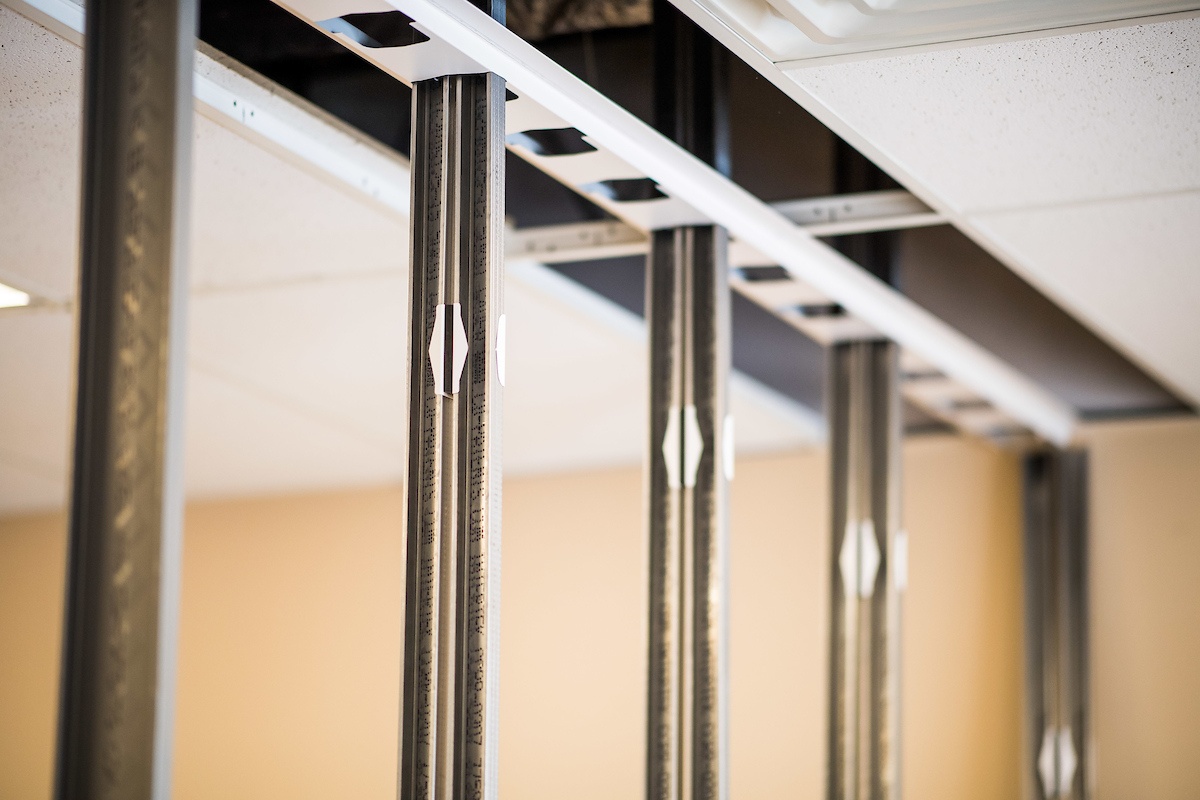
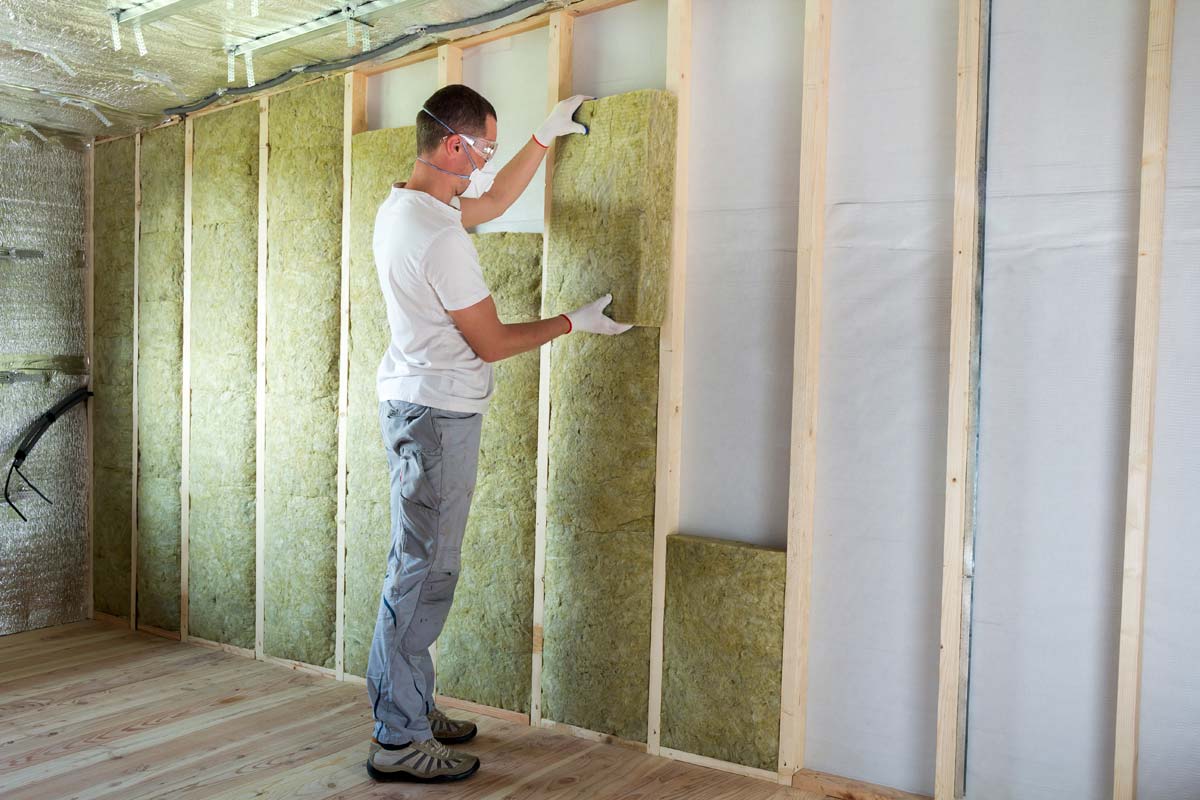
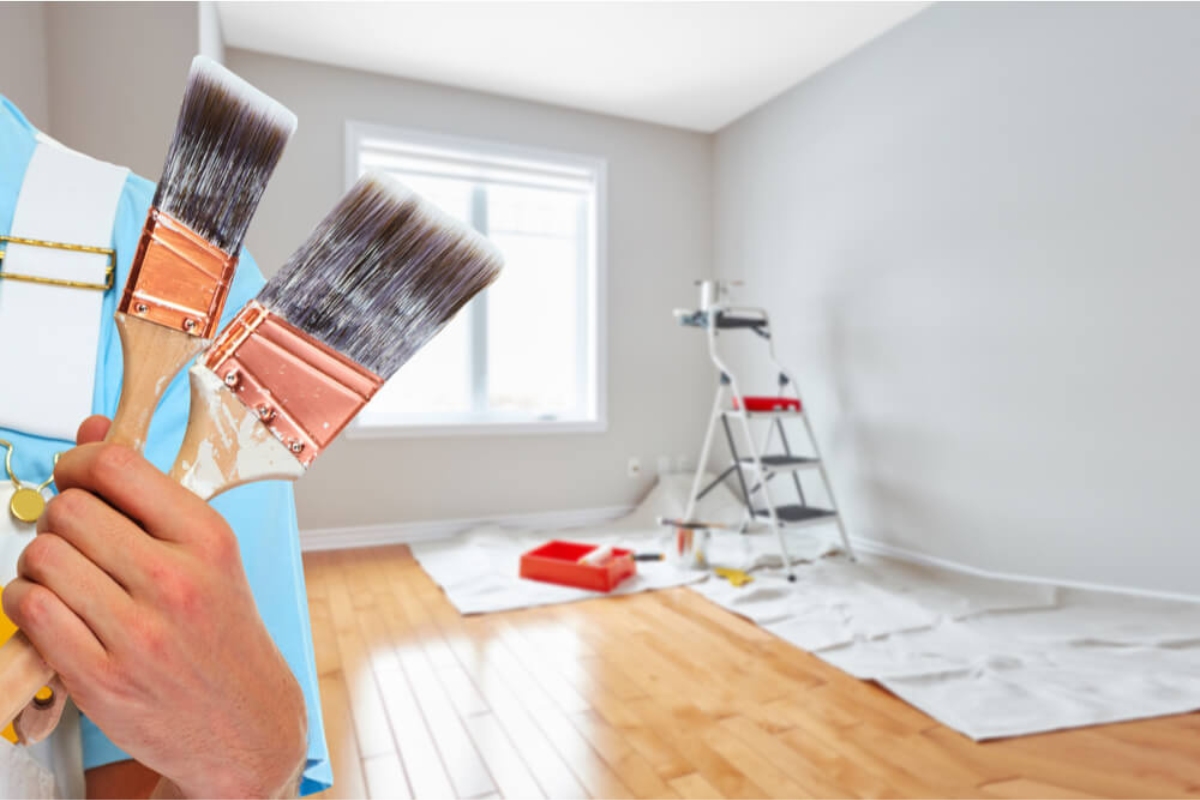
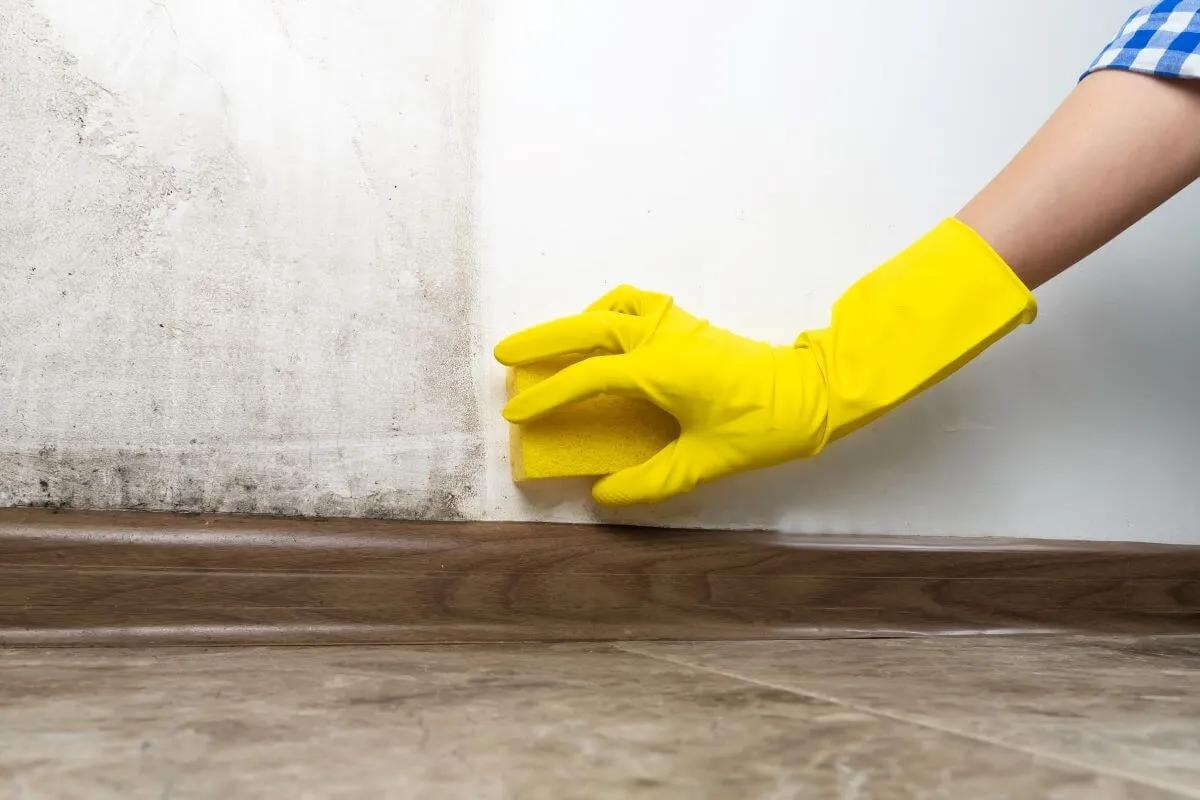
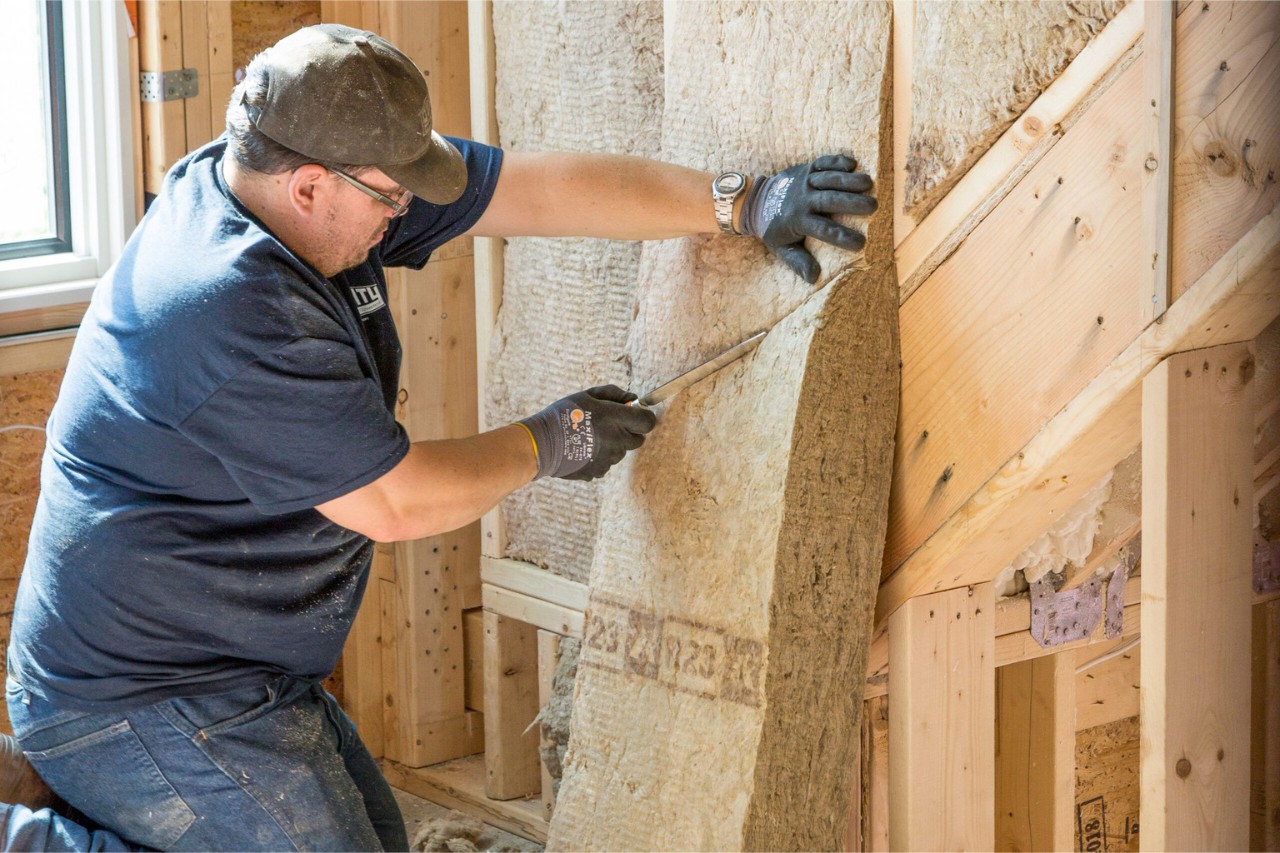
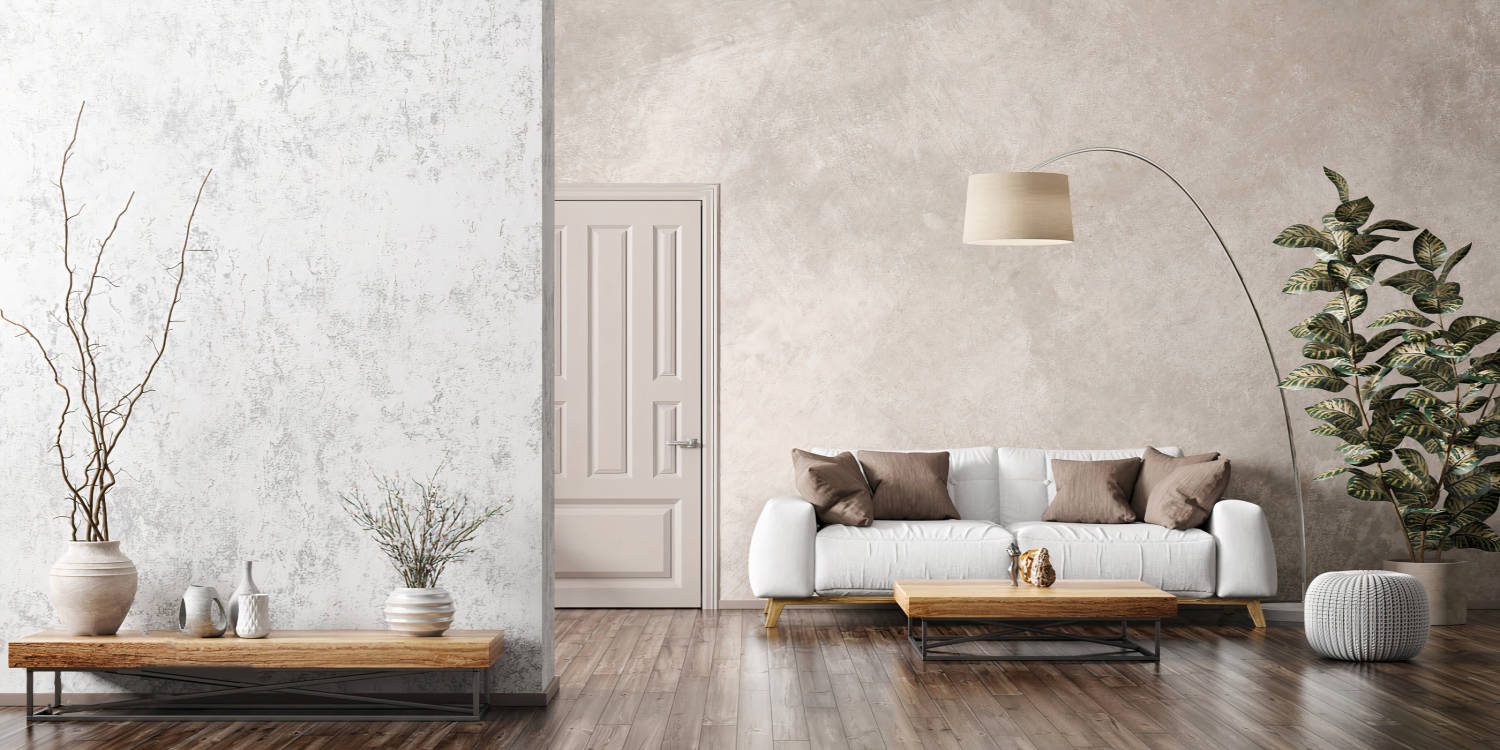
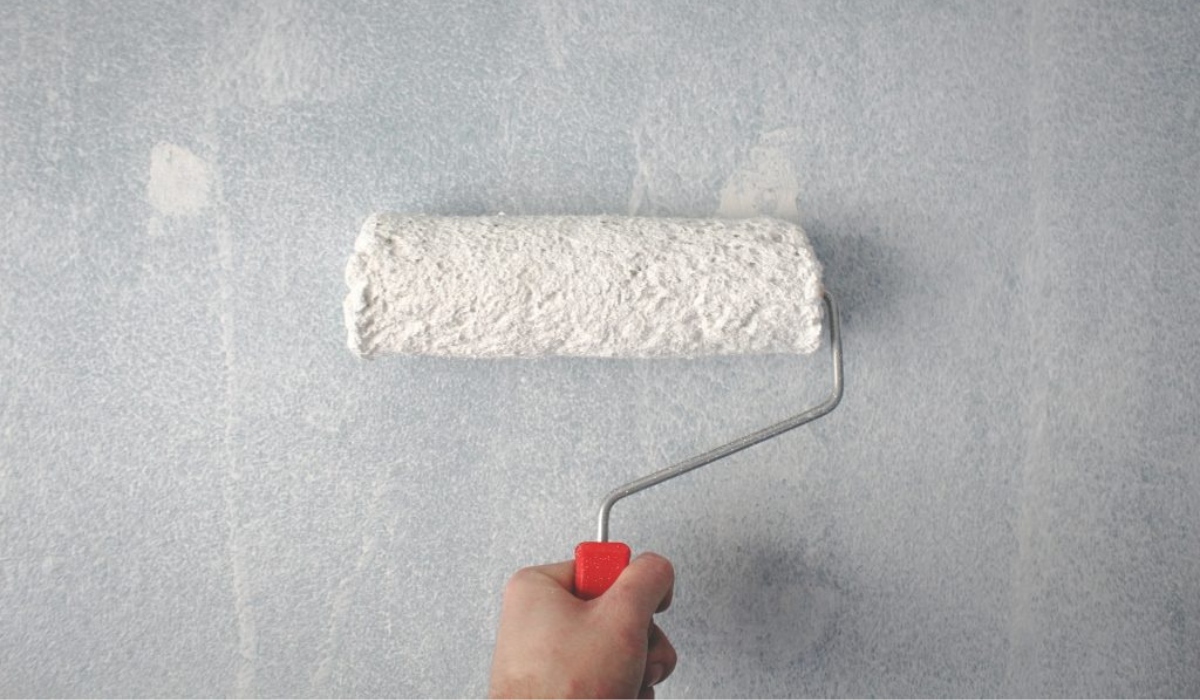
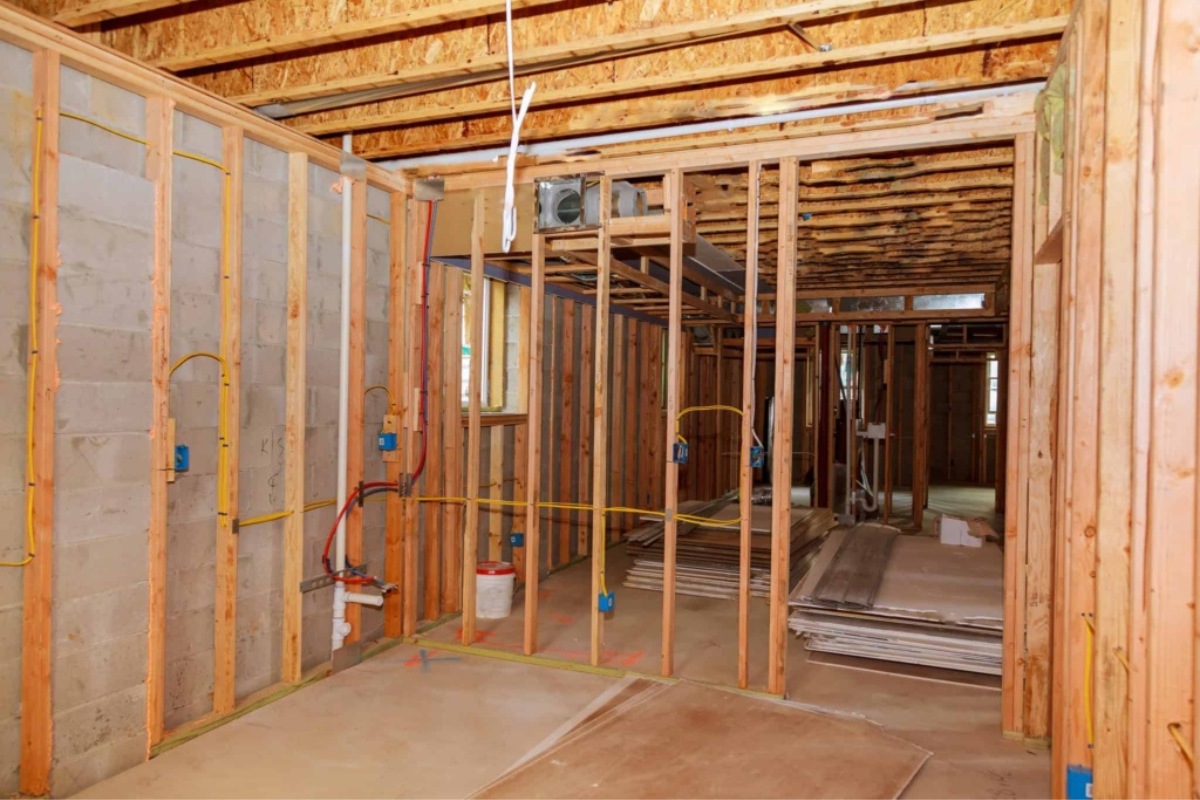

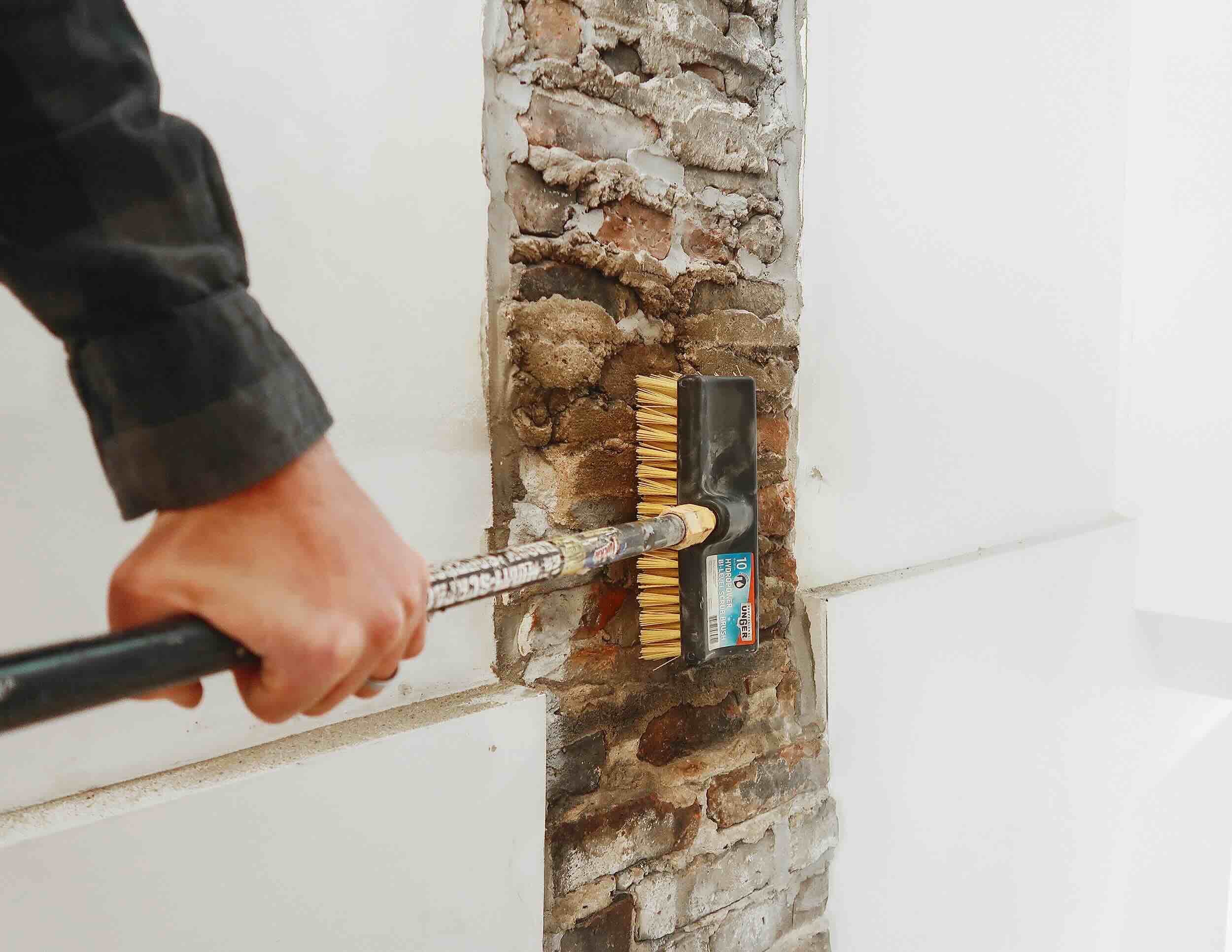
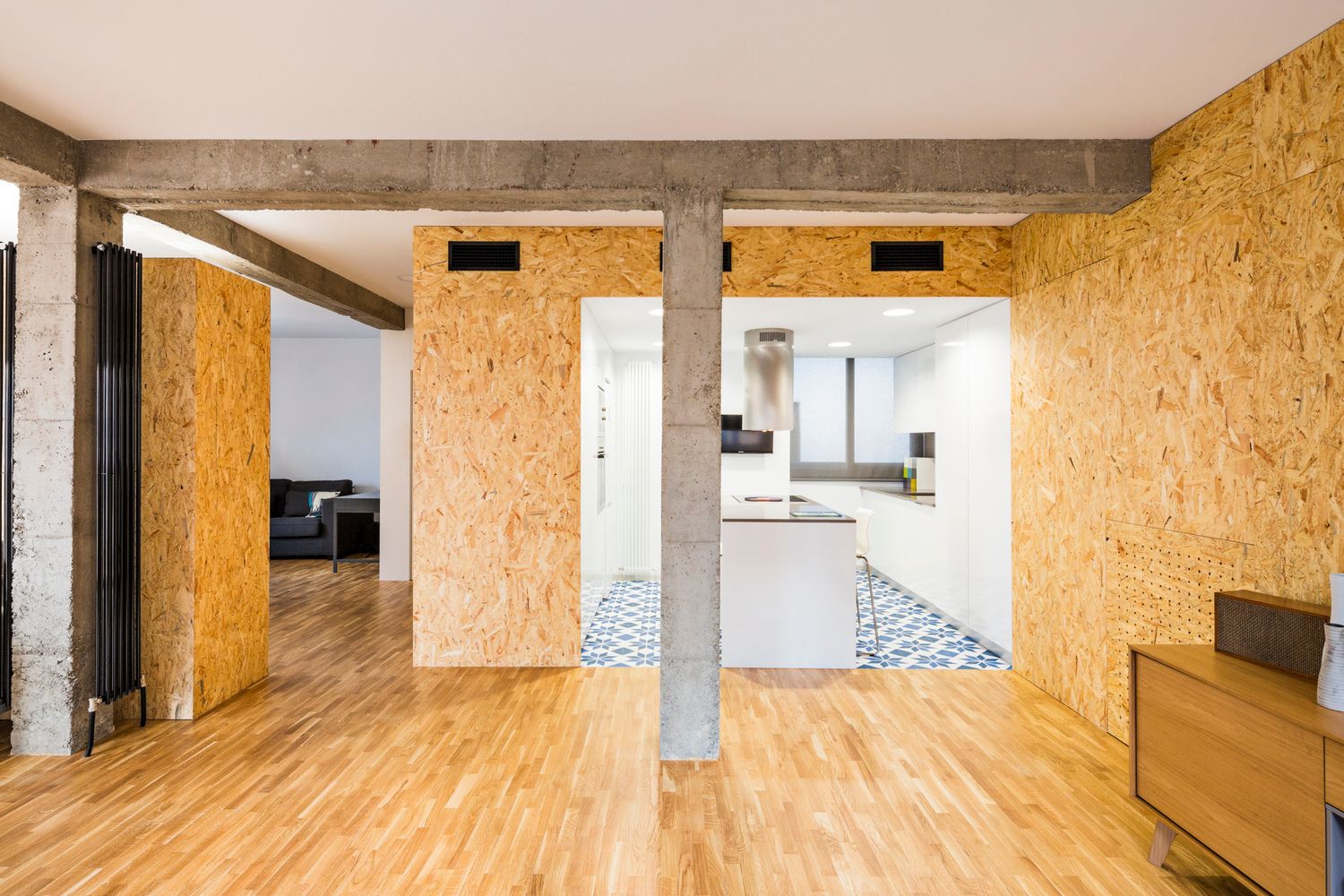
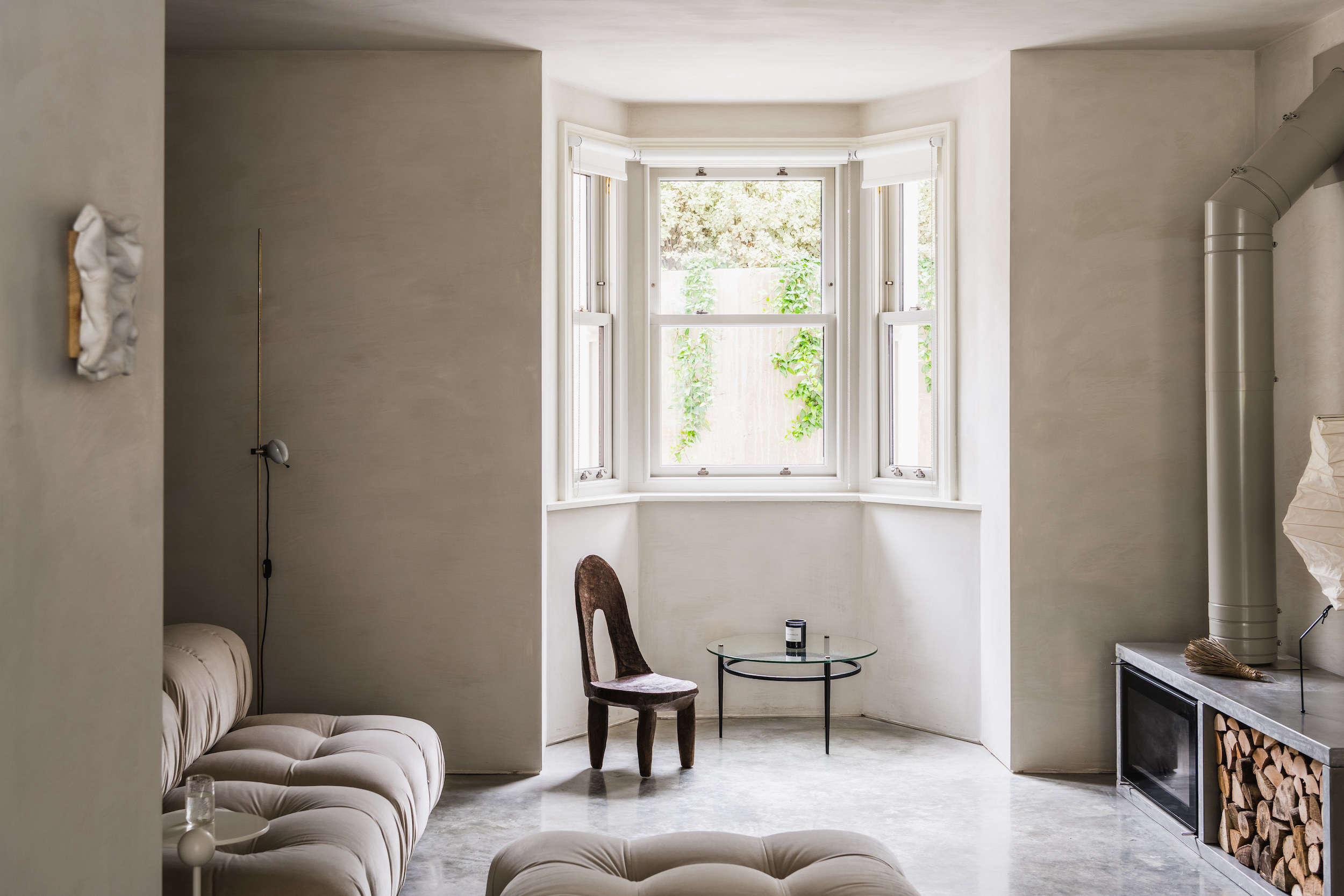
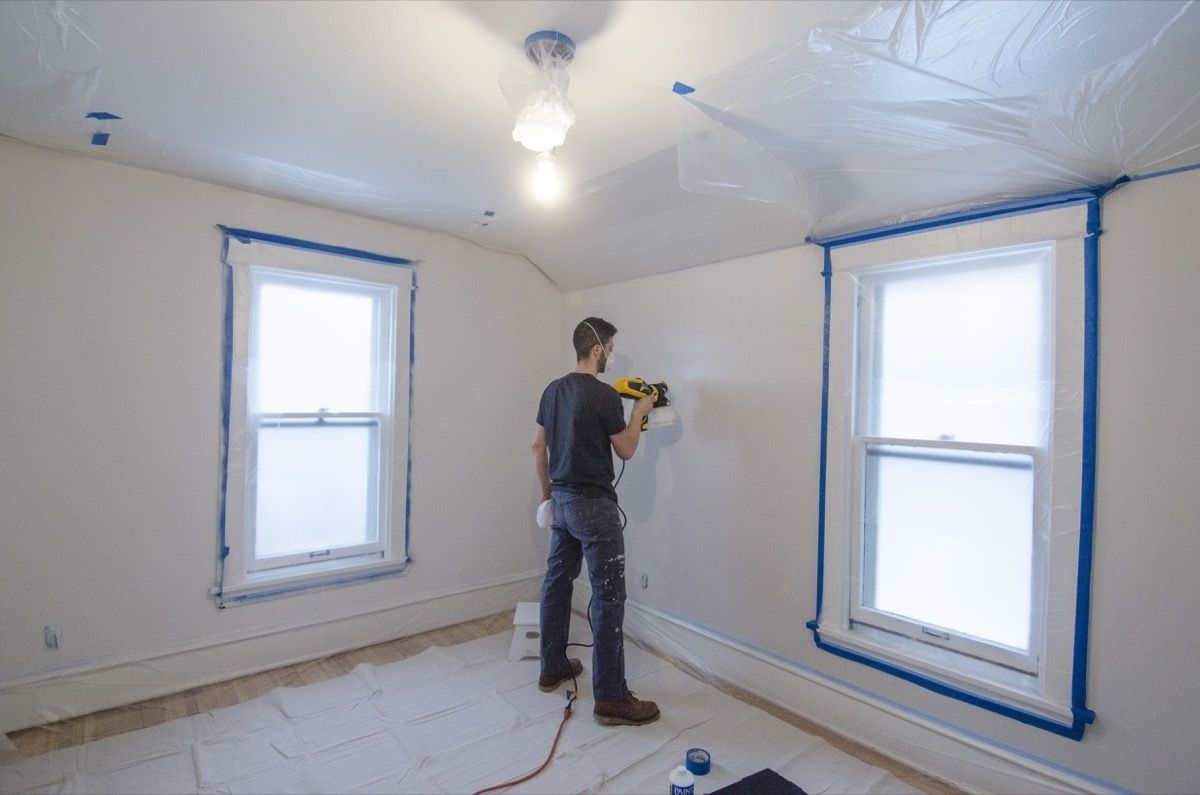

0 thoughts on “How To Stop Condensation On Interior Walls”